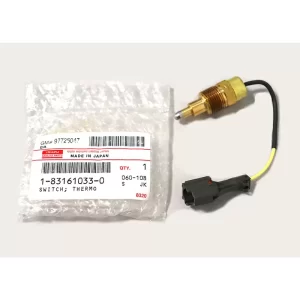介绍
在现代车辆中,发动机管理系统负责调节发动机的性能。为了实现最佳性能,这些系统依赖于一系列传感器,这些传感器向发动机控制模块提供重要信息。在本文中,我们将探讨发动机管理系统中最重要的传感器及其工作原理。

1.空气流量传感器
空气流量传感器负责测量进入发动机的空气量,这是燃油喷射和点火正时所必需的。两种常见类型的空气流量传感器是质量空气流量 (MAF) 传感器和歧管绝对压力 (MAP) 传感器。 MAF 传感器测量吸入发动机的空气质量,而 MAP 传感器测量进气歧管中的空气压力。
2.氧传感器
氧传感器也称为O2传感器,监测废气中的氧气量,向发动机控制模块提供反馈以调整空燃比。这有助于确保发动机高效运行并最大限度地减少排放。 O2 传感器可位于催化转化器的上游或下游。
3.节气门位置传感器
节气门位置传感器 (TPS) 测量节气门板的角度,向发动机控制模块通报驾驶员的加速需求。这使得发动机能够根据驾驶员的动作调整空燃比和点火正时,从而确保平稳且灵敏的加速。
4.冷却液温度传感器
冷却液温度传感器测量发动机冷却液的温度,这对于维持适当的发动机温度和防止过热至关重要。发动机控制模块使用来自该传感器的信息来调节空燃比、怠速和其他发动机参数。
5.曲轴位置传感器
曲轴位置传感器 (CKP) 跟踪曲轴的转速和位置,使发动机控制模块能够监控发动机的性能并根据需要进行调整。 CKP 传感器还用于确定点火正时和燃油喷射正时,使其成为发动机管理系统中的重要组成部分。
结论
发动机管理系统中的传感器协同工作 确保发动机高效、安全、可靠运行。通过监测气流、氧气水平、节气门位置、冷却剂温度和曲轴位置等关键参数,这些传感器帮助发动机控制模块进行必要的调整,以优化发动机性能。了解这些传感器的工作原理及其作用可以帮助车主和机械师更有效地诊断和解决发动机问题,确保发动机在未来几年平稳可靠地运行。


